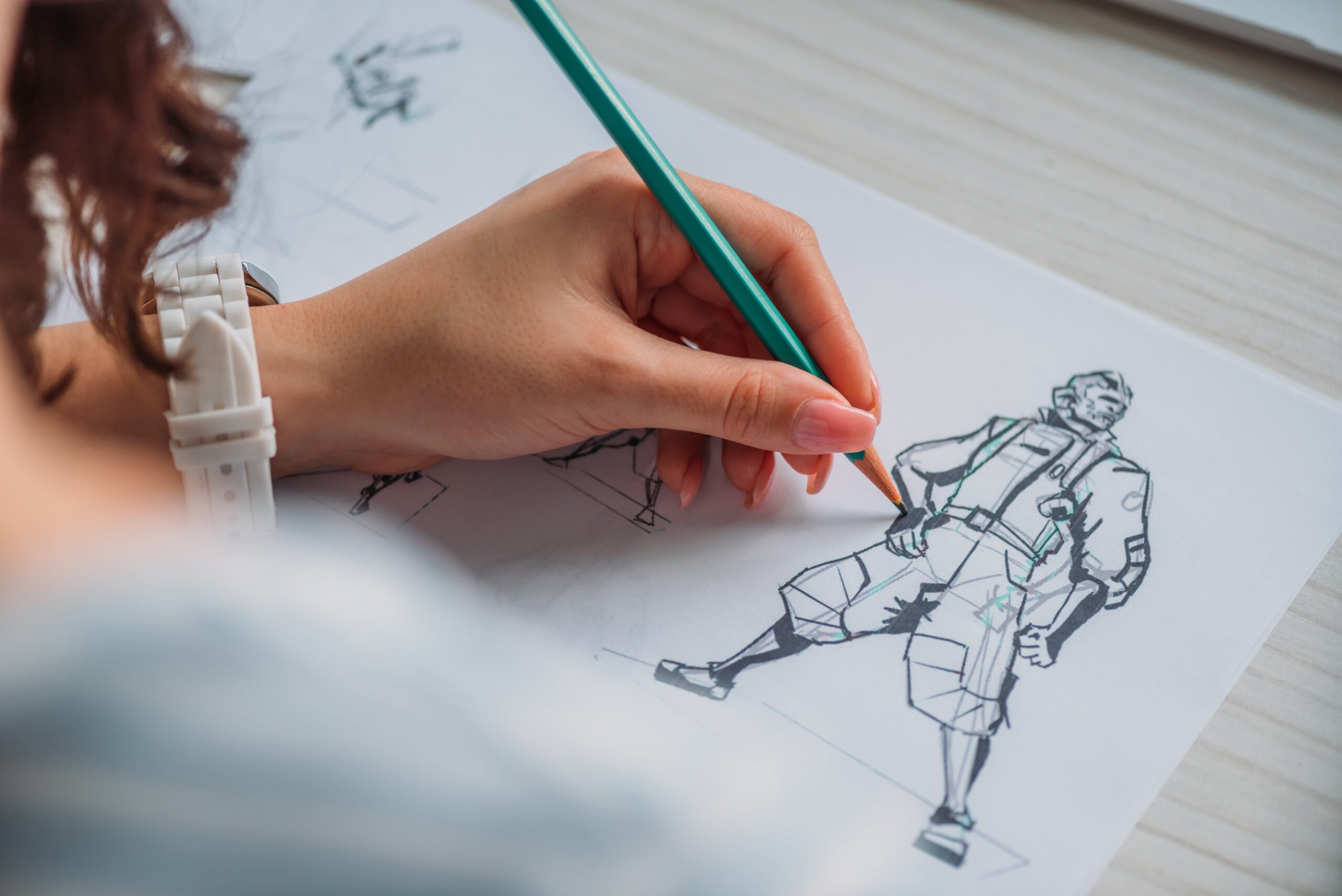One crucial aspect of creating believable and engaging animated characters is mastering lip sync and facial expressions. These elements play a significant role in conveying emotions, personality, and storytelling in animation.
In this comprehensive guide, we will discuss the importance of lip sync and facial expressions in animation, techniques to improve these skills, and how mastering them can enhance your career in the animation industry.
Importance of Lip Sync in Animation
Lip sync is the synchronization of animated characters’ lip movements with the spoken dialogue or vocals. It is a fundamental aspect of character animation that adds realism and authenticity to the performance.
Accurate lip sync helps the audience connect with the characters on a deeper level, making the narrative more compelling and immersive. In animation, lip sync is essential for conveying emotions, emphasizing dialogue, and creating a sense of believability in character interactions.
Significance of Facial Expressions in Animation
Facial expressions are another vital component of character animation that conveys emotions, thoughts, and personality traits. The face is a powerful tool for expressing a wide range of emotions, from joy and sadness to anger and surprise.
By mastering facial expressions, animators can breathe life into their characters, making them relatable and engaging for the audience. Expressive faces help communicate the characters’ feelings and intentions, adding depth and complexity to the storytelling.
Techniques for Improving Lip Sync and Facial Expressions
To excel in lip sync and facial expressions in animation, animators need to develop a keen eye for detail, observation skills, and an understanding of human anatomy and emotions. Here are some techniques to enhance your lip sync and facial animation skills:
- Study Real-life References: Observing and studying real-life references of people speaking and displaying various emotions can provide valuable insights into lip movements and facial expressions.
- Practice Regularly: Consistent practice is key to improving your animation skills. Experiment with different lip sync exercises and facial animation exercises to refine your techniques.
- Use Reference Tools: Utilize reference tools such as mirror reflections, facial expression charts, and lip sync guides to assist you in creating accurate and expressive animations.
- Seek Feedback: Feedback from peers, mentors, or industry professionals can help you identify areas for improvement and refine your animation skills.
Career Opportunities in Animation Industry
Mastering lip sync and facial expressions in animation can open up a world of career opportunities in the animation industry. Here are ten top jobs in animation that require expertise in lip sync and facial expressions:
- Character Animator: Create lifelike and expressive character animations with accurate lip sync and facial expressions.
- Storyboard Artist: Visualize and plan animated sequences, including character interactions and facial expressions.
- Animation Director: Oversee the creative direction of animated projects, ensuring that lip sync and facial expressions align with the story and characters.
- Rigging Artist: Build and animate character rigs that enable realistic facial movements and expressions.
- Animation Producer: Manage the production of animated projects, overseeing the animation team’s work on lip sync and facial expressions.
- Motion Graphics Designer: Create animated graphics and visual effects that incorporate lip sync and facial expressions for various media platforms.
- 3D Modeler: Design and sculpt 3D character models with detailed facial features for realistic lip sync and expressions.
- Texture Artist: Apply textures and shaders to 3D character models to enhance facial details and expressions.
- Compositing Artist: Combine animated elements, including lip sync and facial expressions, to create seamless final shots.
- Visual Development Artist: Conceptualize and design characters with unique personalities and facial expressions that enhance storytelling.
Conclusion
By mastering lip sync and facial expressions in animation, you can distinguish yourself as a skilled animator with a keen eye for detail and storytelling. These skills are highly sought after in the animation industry and can lead to exciting career opportunities in various roles, from character animation to visual development.
Enhancing your lip sync and facial animation skills can set you apart from other animators and make you a valuable asset to animation studios, production companies, and creative teams.
Key Takeaways:
- Mastering lip sync and facial expressions in animation is crucial for creating authentic and engaging characters.
- Techniques like studying real-life references, regular practice, using reference tools, and seeking feedback can help improve your lip sync and facial animation skills.
- Career opportunities in the animation industry, such as character animators, storyboard artists, animation directors, and more, require expertise in lip sync and facial expressions.
- Enhancing your skills in lip sync and facial expressions can set you apart in the competitive animation industry and lead to exciting career prospects.
To further advance your animation career and deepen your knowledge in lip sync and facial expressions, consider enrolling in Yellowbrick’s “NYU Animation Industry Essentials” online course and certificate program. This course can provide you with valuable insights and practical skills to excel in the animation industry. Start your journey towards mastering lip sync and facial expressions today!




